You may remember that in my last post I guessed that my sling wasn’t actually helping my marksmanship as it was intended to. The military issues simple slings with the M16 and M4 for carry purposes, but I at least was never trained to use it for stabilizing the rifle. The Appleseed Project admits that the two don’t seem to go as well together as the sling does with other rifles.
Here are my results without the sling.
Aguilar 55gr.:
Not sure where that 5th bullet went. My daughter sharing the bench with me using her 22LR, so she probably jostled the bench at the wrong moment.
Lake City 55gr.:
I am really starting to like that Lake City. It’s performance seems to be holding up, and at less than half the cost of my match grade PMC.
PMC Bronze FMJBT 55gr.:
PMC Bronze was the very first .223 ammo I ever used. I was disappointed, but my shooting seems to have improved since then.
PMC Precision BTHP 75gr.:
The expensive stuff. Still getting the job done.
Moving out to 100m:
Lake City:
PMC Precision:
It’s easy to see either of these loads, with the sights properly adjusted, staying inside the black, which is all I really expected out of an AR-15 at 100m.
It’s interesting to observe that the impact points are actually higher on the target at 100m than they are at 50m. Simple ballistics would predict the opposite, but on reflection I can imagine a geometry where the bullets are still on an upward path at 50m relative to the point of aim, and that this upward path is still continuing at 100m.
Once again, we see the importance of having the sights aligned, not just for the ammo, but for the distance as well. I wonder at what distance infantrymen sight in, and how they adapt their point of aim to differently ranged targets dynamically.
UPDATE: I took a little closer look at the bag that the "Lake City" ammo came in. Here is what it says:
.223 55gr. FMJ1F
Once Fired Factory Primed Lake City Brass, Tx.
Manufactured by Dallas Reloading Services Dallas
My order form says:
1 x 100rds - .223 DRS 55gr. FMJBT Ammo Once Fired Brass
If I'm reading this correctly, DRS obtained some spent brass originating at the Lake City plant in Independence, Missouri, and reloaded them. (I'm not sure if this means the primers were reinstalled in Lake City as well.) Unfortunately, my usual supplier isn't presently carrying any DRS FMJ reloads, and Federal Lake City doesn't have any loads called either FMJ1F or FMJBT. So it's hard to tell exactly what I was shooting. On the other hand, since they make ammunition for the military, maybe it's all the same?
UPDATE: More optics trouble. Grrr . . . One of the advantages of a holographic sight as opposed to a traditional scope is the ability to keep both eyes open and focused on the target, with one eye behind the sight. The shooter can only do this when not using a magnifier, so it was only last weekend that I discovered that my sight was distorting the view such that it was impossible to focus on the target with both eyes open. In other words, instead of seeing one target in the distance, I saw two. Which is kinda bad, since I will have to think about which target to aim at. I hadn't noticed it at first because I was only using it with the magnifier.




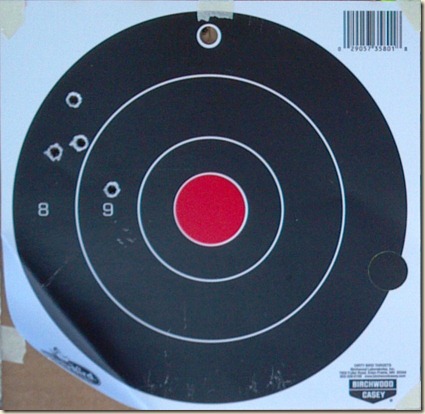
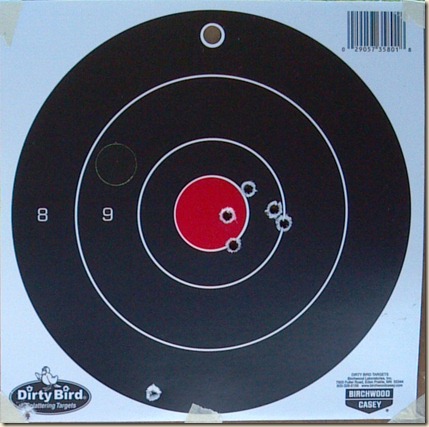
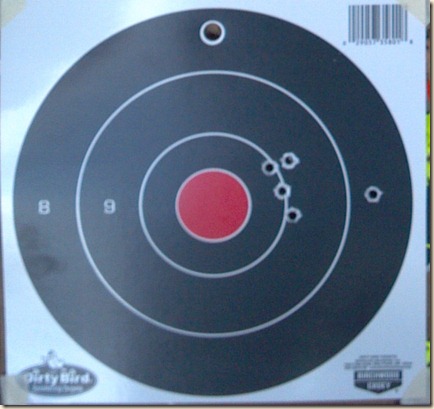
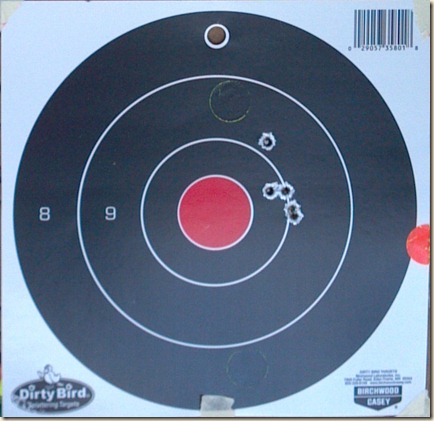
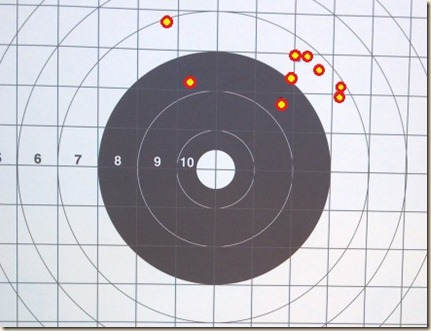
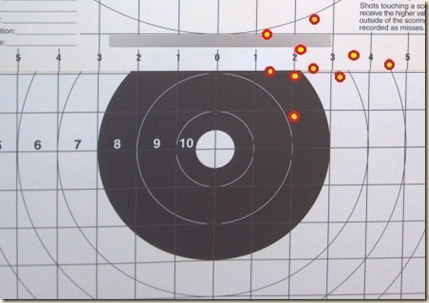

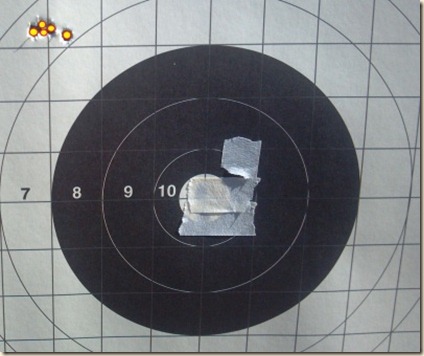
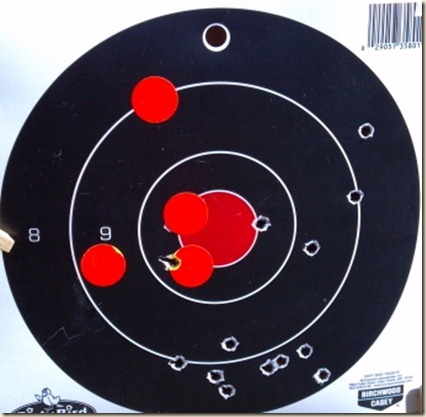
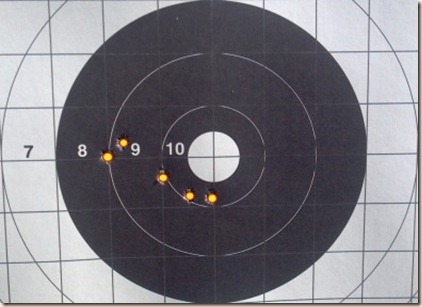
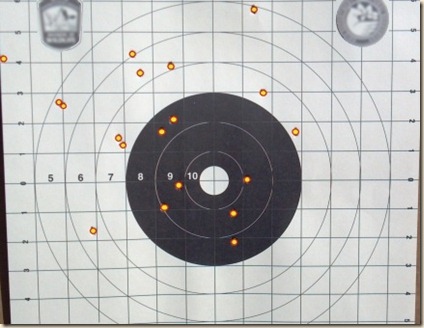

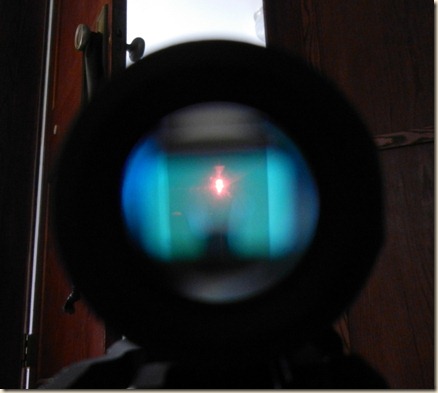

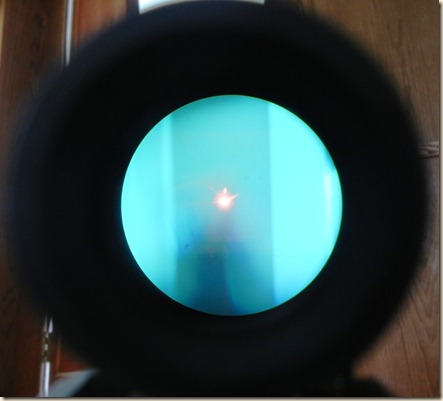
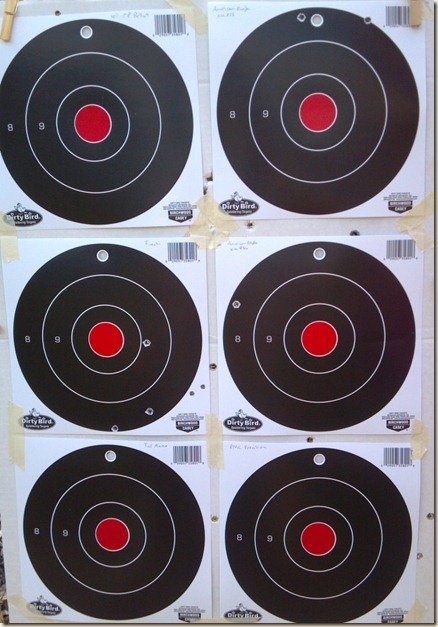
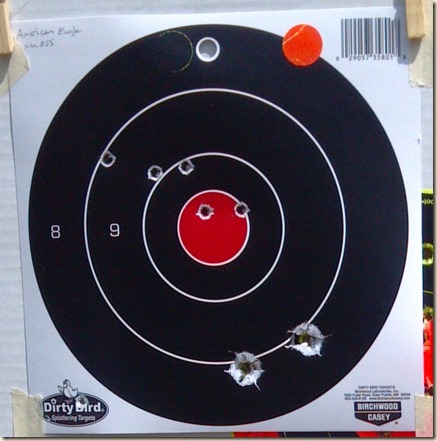
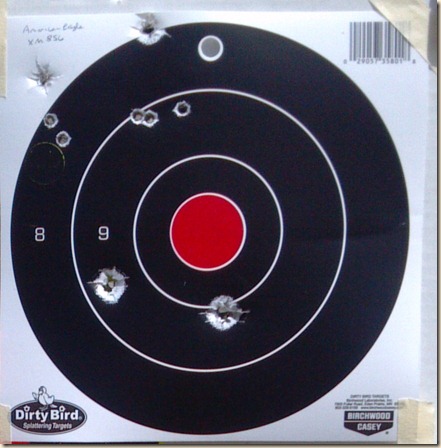
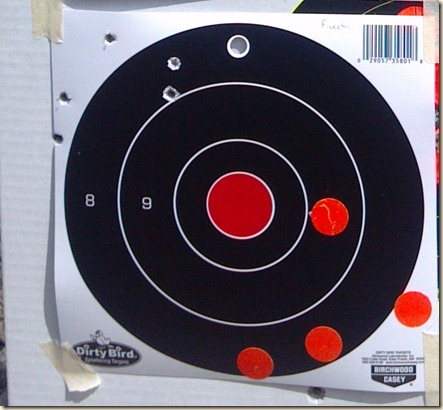

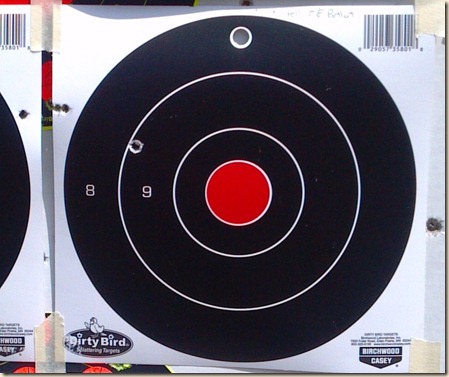


![[Federal%2520American%2520Eagle%2520XM855F%252062gr.%2520Penetrator%255B3%255D.jpg]](http://lh4.ggpht.com/-eEU13S55cw0/T5RCuspZsmI/AAAAAAAAAZc/4vu-P0lzaR8/s1600/Federal%252520American%252520Eagle%252520XM855F%25252062gr.%252520Penetrator%25255B3%25255D.jpg)
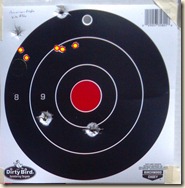
![[Black%2520Hills%252055gr.%2520Remanufactured%2520Seconds%2520FMJ%255B3%255D.jpg]](http://lh3.ggpht.com/-s5hqMhFJM0A/T5RCvcu9S0I/AAAAAAAAAZs/RC_ADa7ye0s/s1600/Black%252520Hills%25252055gr.%252520Remanufactured%252520Seconds%252520FMJ%25255B3%25255D.jpg)
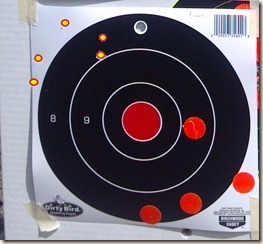
![[Black%2520Hills%2520Soft%2520Point%252060gr_hilite%255B5%255D.jpg]](http://lh6.ggpht.com/-GosQb-fb3T0/T24vGfj2hVI/AAAAAAAAAWM/wwiw7sBRcRQ/s1600/Black%252520Hills%252520Soft%252520Point%25252060gr_hilite%25255B5%25255D.jpg)

![[Tula%252055gr.%2520FMJ%255B4%255D.jpg]](http://lh3.ggpht.com/-BYkETflWySc/T5RCr8fLTkI/AAAAAAAAAYc/isF65LQH4do/s1600/Tula%25252055gr.%252520FMJ%25255B4%25255D.jpg)

![[PMC%2520Precision%252075gr.%2520BTHP%2520Match%255B3%255D.jpg]](http://lh4.ggpht.com/-6eMoaG3IDWc/T5RCwDLrFzI/AAAAAAAAAZ8/iz-FjVvTZo0/s1600/PMC%252520Precision%25252075gr.%252520BTHP%252520Match%25255B3%25255D.jpg)

![[Sellier%2520%2526%2520Bellot%252055gr.%2520SP%255B3%255D.jpg]](http://lh6.ggpht.com/-R16qF4H3nFI/T5RCuOkF-iI/AAAAAAAAAZM/nji0PPDfeYY/s1600/Sellier%252520%252526%252520Bellot%25252055gr.%252520SP%25255B3%25255D.jpg)